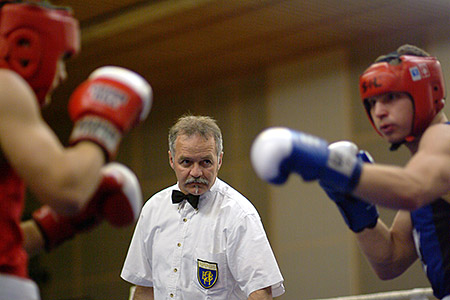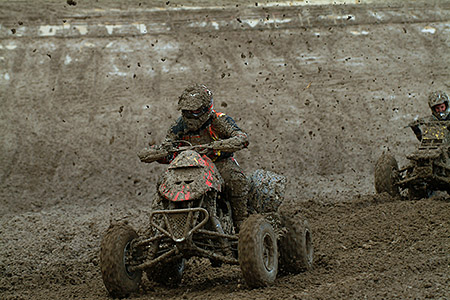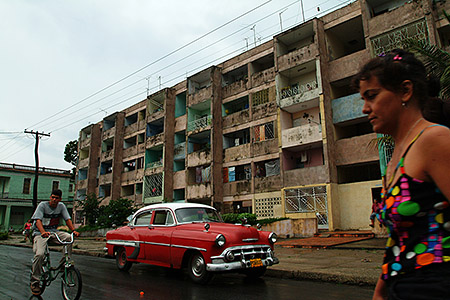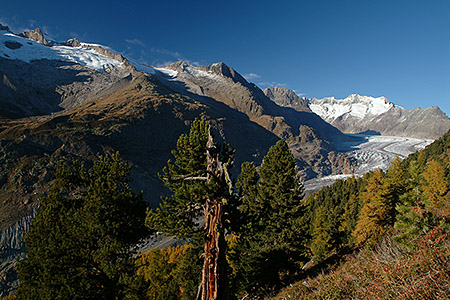Cameras
The images in the Utopia Photography galleries have been obtained with different cameras from Nikon, Fujifilm and Canon. My current cameras are a Nikon D850 DSLR and a Nikon Z6 mirrorless camera.
In 2003, I switched to my first digital single-lens reflex camera (DSLR), a Fujifilm FinePix S2 Pro. The transition from my last analog SLR film camera, a Nikon N8008s (F-801s in Europe), to digital was exciting. It was a revolution in photography. The film used in analog SLR cameras was expensive. You only had 12, 24 or 36 shots on normal film and every shot cost roughly 50 cents to one Swiss franc back then. Thus making mistakes led to a loss of money. Knowing this forced us to be selective and concentrated, to think about composition, framing, exposure, aperture and proper focus.

Then you had to send the film to the lab and wait for the results for days. Since you first had to finish the roll of film, it sometimes took weeks or months from the point when you released the shutter until you saw the images.
Or you developed the black-and-white film in your own darkroom in a developing tank with developer, stop bath and fixer. You then used the developed and dried film (the "negatives") to make prints on your own. The negatives were placed into the enlarger and negative paper was put in the enlarger carrier, the distance between the negatives and the paper was adjusted and the enlarger lens was focused (all done in magic red light), the paper was exposed to white light and submerged in the developing bath for the right amount of time, then slid into the stop bath. The smell of the chemicals, the red light, the silence, it was just wonderful.

Most people decided to send the undeveloped film to a lab and let them do the developing (especially with color film). Sometimes the lab didn't succeed and all the images were lost, sometimes the roll didn't advance from frame to frame and thus wasn't exposed at all because you didn't load the film correctly.
Digital cameras on the other hand allow for instant feedback, to see cause and effect in almost real-time. Information like the camera model used, the shutter speed and aperture applied, the date, and many other things are stored with the image for further analysis. And shooting images with a digital camera is almost free. Digital memory cards are relatively inexpensive and can be reused. The image files can be edited with the computer and shared with other people right away. And digital photographs can be printed with an inkjet printer at home - without darkroom, enlarger and special chemicals (aside from the ink cartridge).

My first DSLR, the Fujifilm FinePix S2 Pro, was based around the Nikon F80 (N80) prosumer camera body and used an APS-size Fujifilm SuperCCD sensor with 6.2 million pixels in a special honeycomb layout. Fujifilm advertized it as a 12 megapixel camera but the real resolution was closer to 6 megapixels than to 12. The camera, which cost about the same as a Nikon D850 fifteen years later, was my main camera for years.

It produced wonderful digital files, good skin tones and low noise at higher ISO values (for the circumstances at the time). However, the camera's continuous shooting mode wasn't all that impressive - a slow 2 frames per second with a buffer of maybe 7 frames and the autofocus was rather slow and unreliable, especially in low light. Images had a slight greenish cast when auto white balance was chosen in JPG mode. And the battery system was a bit awkward (4 x AA batteries plus 2 x 3V lithium CR123A). Still, the Fujifilm S2 Pro was a popular and capable DSLR camera and I took tens of thousands of images with it. The direct rivals were the Nikon D100 (which was slightly smaller, lighter and cheaper) and the Canon EOS D60.

During the following years, sensor technology has significantly evolved. Resolution, sensitivity and signal-to-noise ratio have been improved, signal processing has been massively tweaked. Noise performance and dynamic range have been brought to a new level. And the camera bodies have become far more responsive, offering higher frame rates, better autofocus performance, better viewfinders, larger rear screens and a lot more. Since the introduction of the first DSLR camera, mainly two developments had an impact on my photographic work: The introduction of the first full frame Nikon camera (Nikon D3 in 2007) and the sensor improvements of the D800 / D810 / D850 camera "family" (starting in 2012).

Full frame cameras use sensors which measure roughly 24 mm x 36 mm while DX or APS cameras have sensors measuring roughly 24 mm x 16 mm. The larger size of full frame sensors offer more leeway for better low light / high ISO performance and for a higher pixel count than their DX / APS-C counterpart. Full frame cameras can record a broader dynamic range and offer more lens options for wide-angle work and give more control over depth of field.

Cameras for astrophotography
For astrophotography, I use a hydrogen-alpha modified version of the Canon 450D APS-C DSLR camera, a Nikon D7500 DX DSLR camera and a cooled ZWO ASI 2600 MC color camera with an APS-C sized, 23.5 mm x 15.7 mm CMOS image sensor featuring 26 megapixels with 3.76 µm square pixels. For high-resolution work (lucky-imaging), I use a ZWO ASI 290 MC color camera with a small 5.6 mm x 3.2 mm CMOS image sensor featuring 2.13 megapixels with 2.9 µm square pixels.